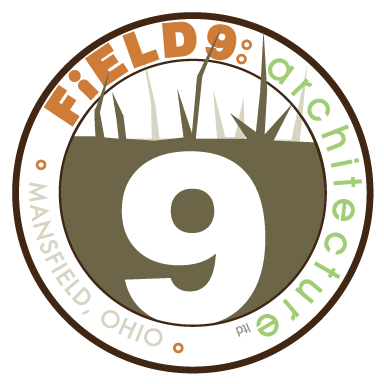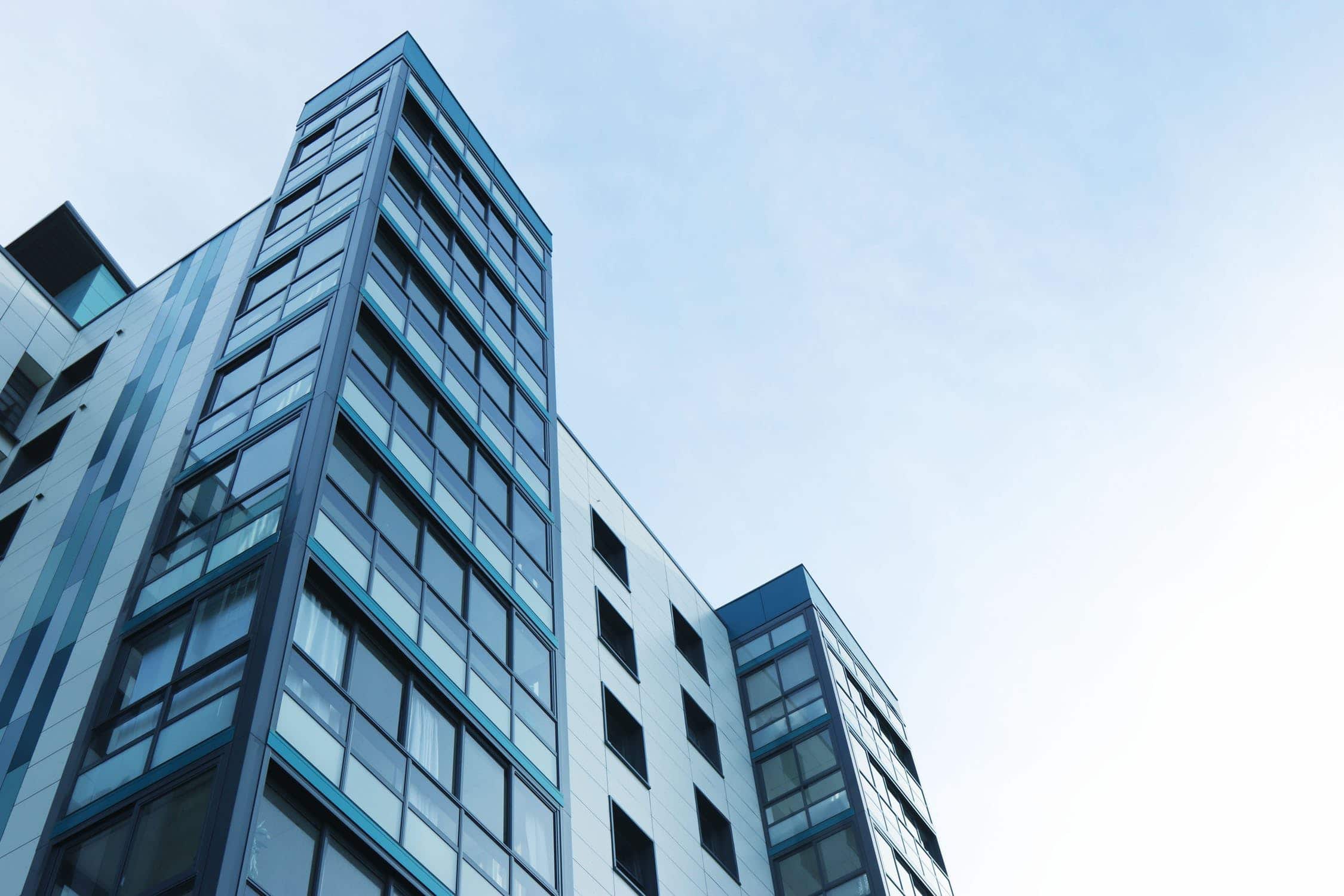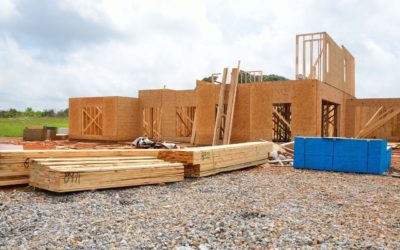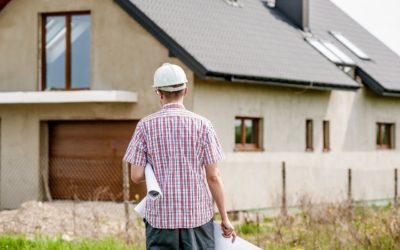In the early ‘90s the first examples of Passive House standard homes were built in Germany: a series of four row houses. This success spurred the creation of the Passivhaus-Institut to promote and regulate the standards. While single-family residences were the inspiration for Passive House, as it says there in the name, the idea has grown over the years. Now the strategy has been applied to and proven in many different building types. Multi-family dwellings, office buildings, retail space, and hospitality buildings represent just a few of the ways Passive House strategy can be employed. See how Passive House can be used for many different buildings below.
Multi-Family Dwellings
With multi-family dwellings, not only do the developer and owner of the building need to be satisfied with Passive House, so do the occupants. Developers will be happy to learn that the buildings do not cost drastically more than conventional ones. Owners will be thrilled with Passive House for a number of reasons, including the fact that rents are higher and vacancy rates lower, on top of low operating costs. Lastly, occupants of a multi-family Passive House home are satisfied too, with the increased health benefits, the quiet rooms, and the lower monthly utility costs.
Office Buildings
An office building environment offers its own unique challenges in building to Passive House standard, but it is quite possible. The many lights, the number of computers, printers, and other machines, plus the sheer volume of people leads to higher internal gains. Passive House is the perfect design strategy to deal with this amount of extra heat. Keeping the employees happy is another important factor. The natural light afforded by a Passive House design can be extremely beneficial for the workers’ health and psychological well-being.
Retail Spaces & Buildings
Passive House can also be used for retail purposes, which come in all sizes and shapes. They can range from a small boutique with lighting challenges to a huge, open format market with refrigerators, freezers, and more. Each one will offer its own one-of-a-kind problems to overcome. All of the spaces will stand the test of requiring so much lighting, and some, like grocery stores, must deal with refrigeration and other machines. Passive House can help a store in more ways than just energy savings, however; it can boost sales by providing a more appealing shopping experience with the natural light.
Hospitality Industry
Restaurants are a challenge because of their two very separate environments: the kitchen and the dining area. Passive House addresses the climate in both areas and makes the entire building comfortable to work and dine in. Various mechanical adjustments can be made in the kitchen to ensure a cooler room, and diners will notice the air, lighting, and atmosphere to be more pleasant than a typical dining experience.
Similarly, it should also be noted that the owners of any of these varieties of buildings benefit from the simple fact that they’re using Passive House standard. The public is increasingly aware of climate change and other environmental issues and more and more is looking for spaces that are environmentally-friendly. By merely being a Passive House certified building, your space will draw people in whether it be to live there, dine there, or shop there. At FiELD9: architecture, we have a Certified Passive House Consultant on staff who help you reach your energy efficient goals. We design buildings that not only benefit the environment, but are also durable, efficient, and resilient.






Recent Comments